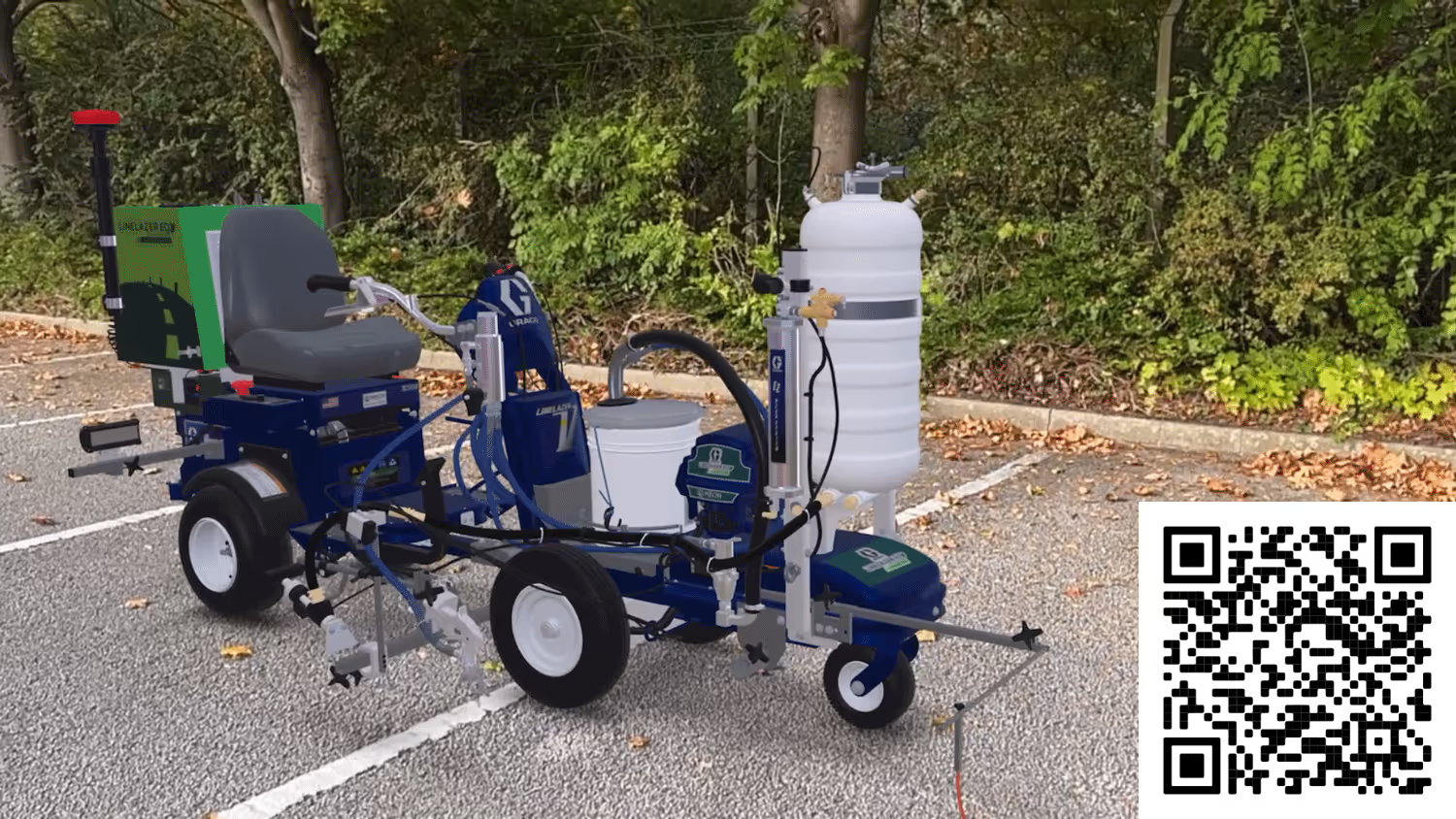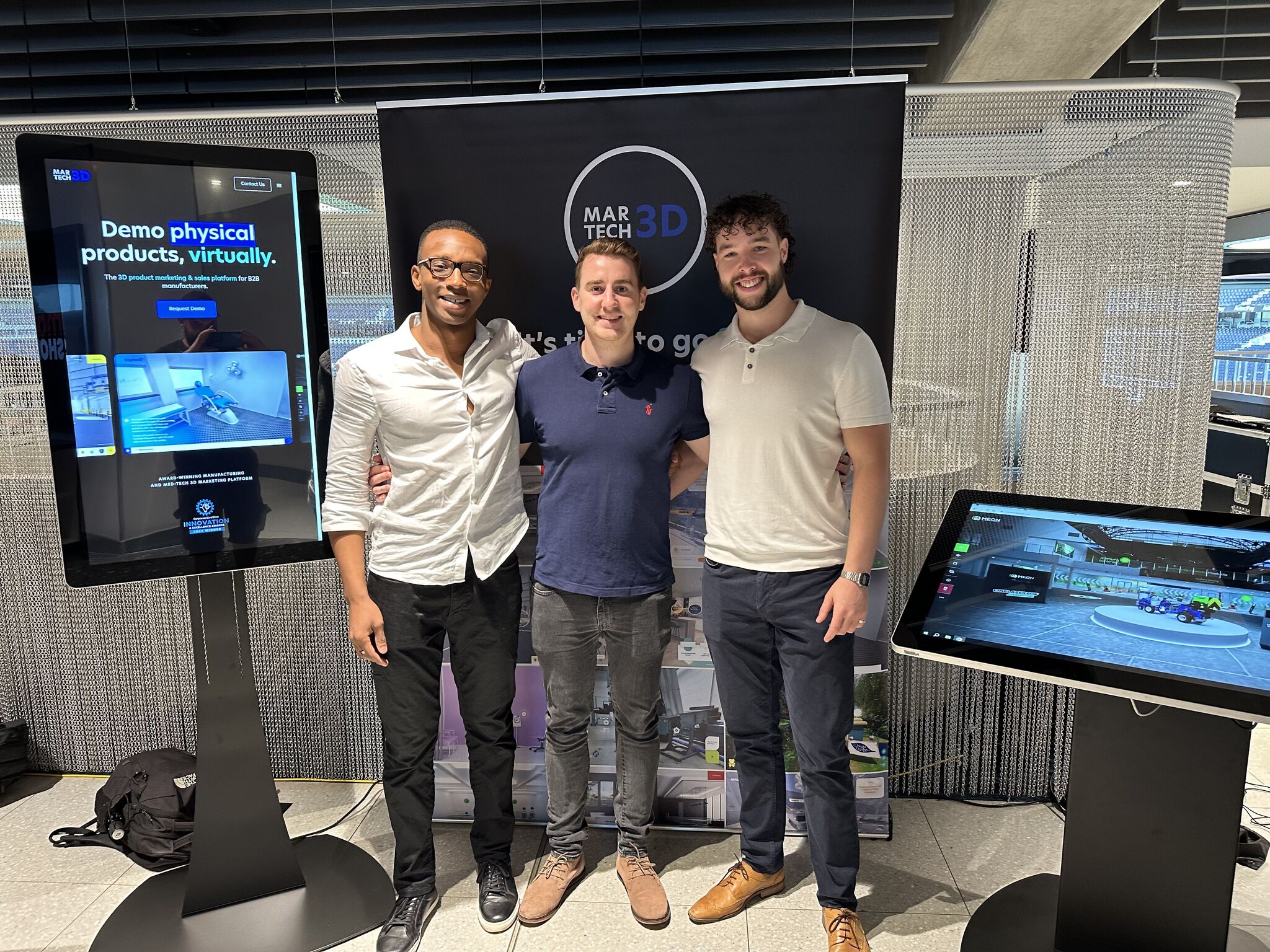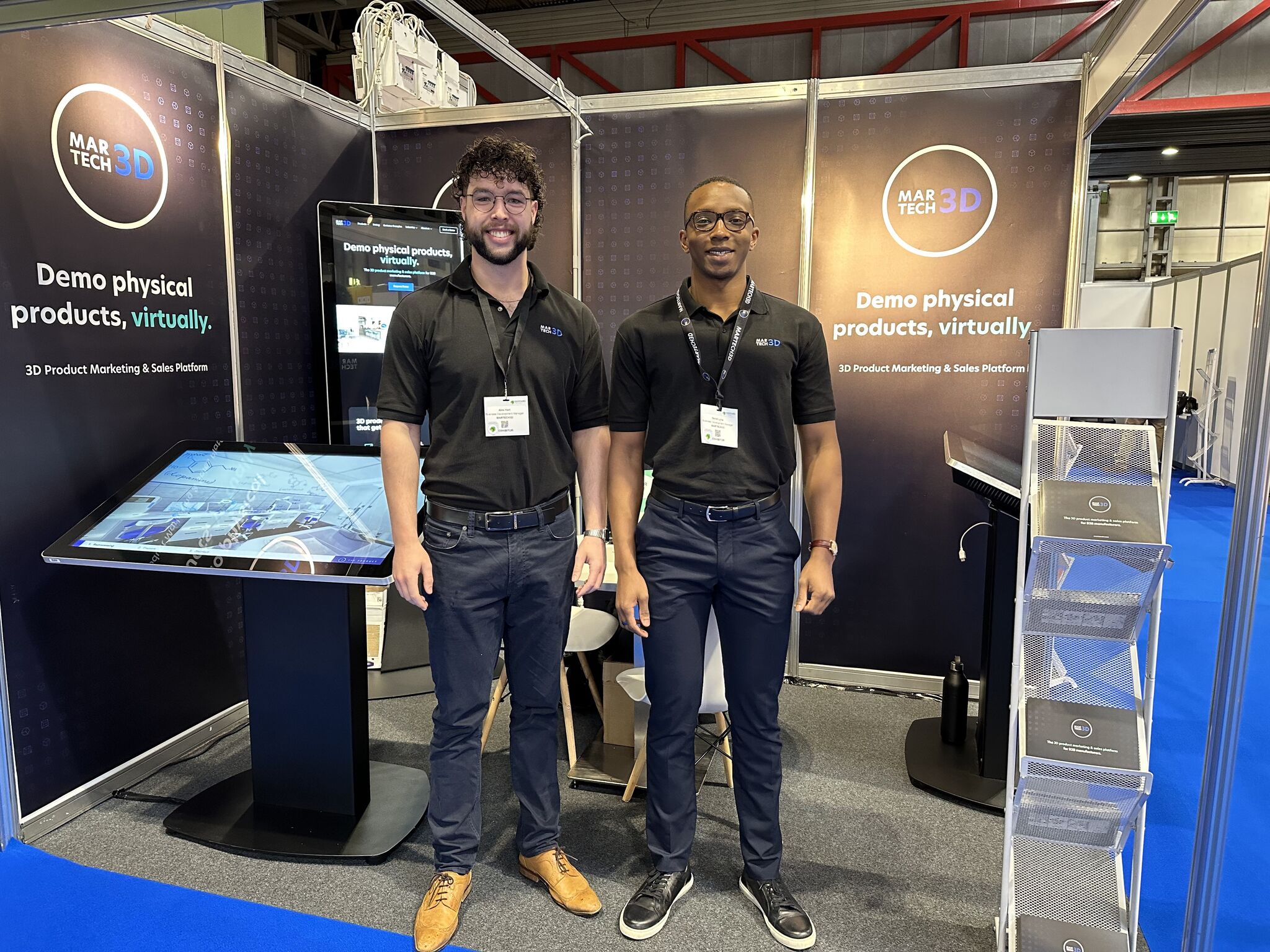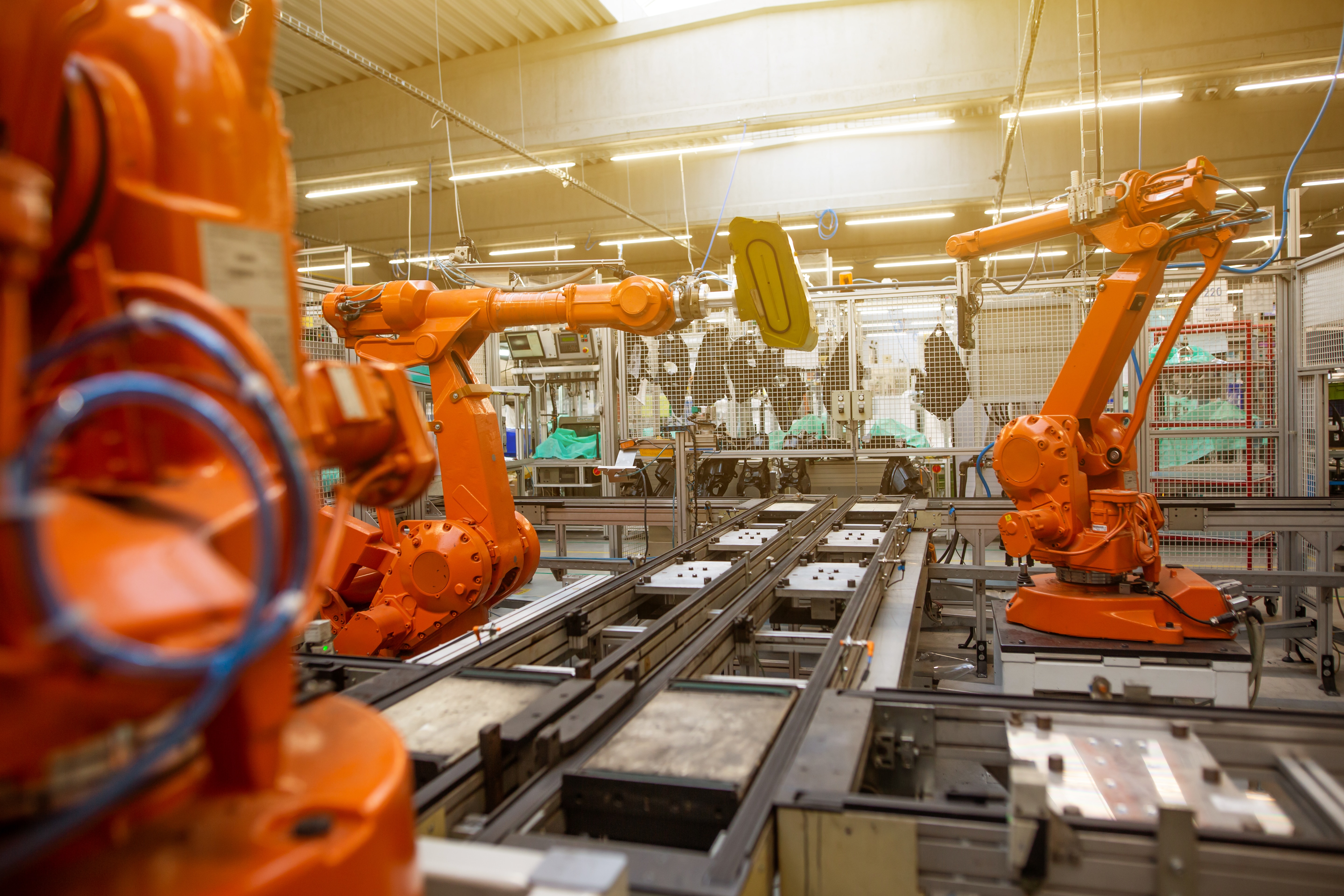November 14, 2024
How the Virtual Showrooms Generate ROI

The Context
More than half of UK manufacturers (52%) are targeting at least 20% growth over the next five years (Make UK). Yet profitability across the sector has been falling since 2016, with the average net rate of return still barely above pre-pandemic levels (ONS).
That’s why every investment in sales and marketing now needs to show a clear, measurable return on investment (ROI) — not just brand visibility or awareness.
The ROI Problem
Even for companies that track results, returns are modest. Most B2B marketers who successfully measure ROI report an average of 1.1–1.5:1, meaning they make just £1.10–£1.50 for every £1 spent (AIbees).
The benchmark for strong B2B ROI is 5:1.
The MarTech3D | Engine virtual showroom consistently exceeds that — targeting an average 10:1 ROI for manufacturers.
That’s £10 back for every £1 spent.
How That ROI Is Achieved
1. Higher Conversions Through Visual Learning
Traditional sales decks and PDFs don’t match how people absorb information.
Studies show people remember 65% of what they see compared to 10% of what they hear (Pepper Content).
Virtual showrooms turn complex sales presentations into visual, interactive experiences that buyers remember — and act on.
Customers like EK Interactive saw a 150% increase in conversions across their sales cycle after implementing a MarTech3D virtual showroom.
2. More Leads with Less Spend
45% of manufacturing marketers admit they struggle to generate high-quality leads (Content Marketing Institute).
Virtual showrooms solve this by combining visual impact and interactivity across multiple channels — from trade shows and sales meetings to digital campaigns — without the repetitive cost of new content production.
By removing the need to ship machinery or book oversized stands, manufacturers can reinvest saved budget into attending more events or generating more leads with the same spend.
For example:
- MEON UK increased live event leads by 32% after launch.
- ChargePoint Technology cut trade show costs by 50% while growing lead volume.
3. Shorter Sales Cycles and Lower Costs
B2B deals typically take 10 meetings over several months, often repeating the same information to different decision-makers (People.ai).
Each meeting or visit carries a cost — around £200–£400 per interaction (Cloudmark, Trade Show Labs).
A MarTech3D virtual showroom reduces that repetition.
By housing all 3D product demos, specs, and animations in one digital environment, sales teams can educate multiple stakeholders simultaneously.
EK Interactive cut their average sales cycle by 50%, saving around £50,000 in meeting costs over two years while achieving 50% year-on-year growth.
4. “Soft ROI”: The Long-Term Payoffs
Some returns aren’t immediate but have major compounding effects:
- Better product education: Buyers are 131% more likely to purchase when educational content is provided early (Conductor).
- Higher customer certainty: Clear 3D visuals reduce misunderstandings, post-sale queries, and return rates.
- Stronger brand position: Showing complex products in 3D signals innovation and confidence — two traits that drive buyer trust.
5. Real-Time Data to Prove It
75% of manufacturers measure marketing results, but more than half say they’re unsure if those efforts generate ROI (CMI).
The MarTech3D | Engine virtual showroom includes integrated analytics, tracking engagement hotspots, dwell time, and lead sources.
That means ROI isn’t just claimed — it’s visible, measurable, and comparable against every other sales channel.
The Takeaway
For manufacturers chasing ambitious growth targets, the ROI of 3D virtual showrooms is hard to ignore.
They turn sales materials into measurable assets that increase leads, shorten cycles, and deliver 10x stronger returns than traditional methods.
With one sale often enough to cover an annual licence — and in some cases, five years — it’s not about adopting new tech for novelty’s sake.
It’s about measurable growth, faster decisions, and a more efficient path to profitability.




.jpeg)









